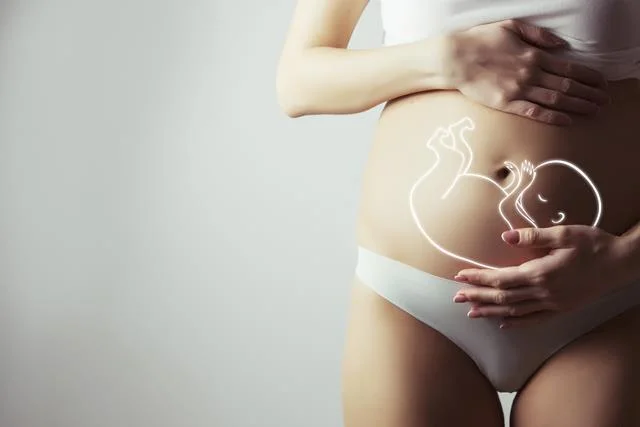Physical activity is very important both during pregnancy and after birth. Experts point out that exercise in the postpartum period should only be done under the supervision of a physical therapist and that you should wait for your gynecologist's approval to exercise completely freely. Find out what exercises are safe in the postpartum period.
Sport in the postpartum period – is it safe?
Specialists in gynecology and obstetrics advise against intensive physical activity in the period after childbirth. This is due to the fact that it is a time of regeneration of the female body after pregnancy and childbirth. It is also a time of dynamic changes aimed at restoring the body to the way it was before pregnancy. Moreover, the postpartum period is also a time of wound healing after a possible C-section or perineal tear. Intensive physical activity can therefore lead to complications such as wound healing disorders or the occurrence of various infections.
How do you move after birth?
The postpartum period is an important time for a woman’s body to return to the state it was in nine months ago. For this reason, it requires a lot of patience and acceptance. Every body recovers at its own pace, so nothing should be imposed. According to the recommendations, physical activity should be interrupted during the delivery period and resumed six to eight weeks after birth with the approval of the attending physician. However, the postpartum period is a time when daily exercise, especially in the form of walking, is highly recommended. There is an increased risk of thromboembolic disease in the postpartum period and during pregnancy. Excessive lying down and lack of exercise are therefore not recommended. Of course, with a newborn at home, it is difficult to speak of adequate rest, but it is important to exercise not only at home, but also outside. Physical therapists recommend brisk walking as well as breathing and relaxation exercises. Exercises that affect the abdominal muscles, on the other hand, are strongly discouraged. It is best to consult a urogynecological physiotherapist who will show you safe postpartum exercises adapted to the needs and abilities of the individual woman.
When can you start with the training?
Sport, e.g. in the sense of a visit to the gym or abdominal training, is only possible after childbirth with the consent of the attending physician. In the case of a cesarean birth, a return to sports is possible later than in the case of a natural birth. The same applies to swimming pool visits, which should be avoided during the postpartum period. Physical activity should be started as soon as possible after birth. This is extremely important because of the risk of thrombosis and embolism mentioned earlier. The opportunities for physical activity depend on the type of delivery. After a C-section, a woman needs longer to move around than after a natural birth, where in most cases she can take care of her baby and get out of bed after only two hours.











